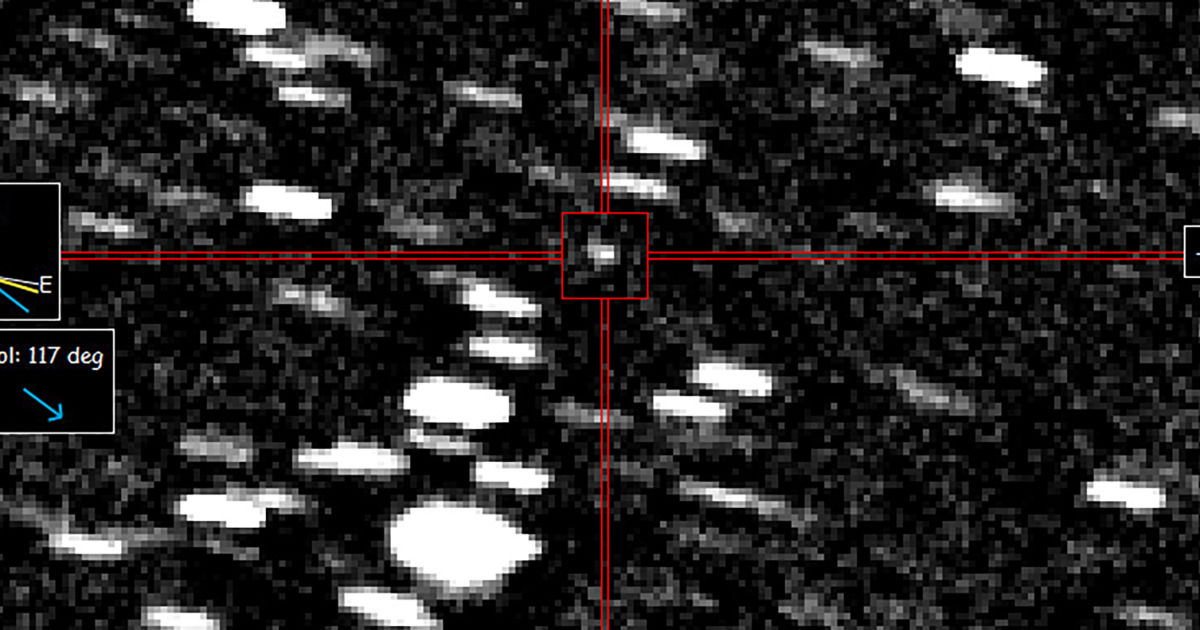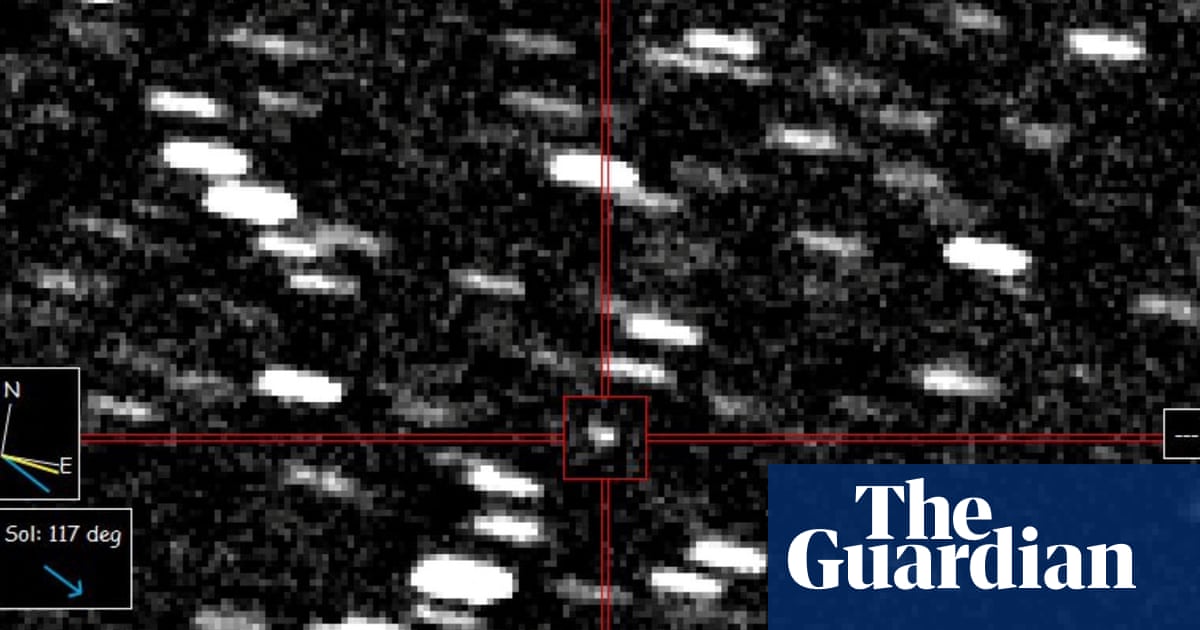NASA Confirms Interstellar Comet 3I/ATLAS as Safe Visitor to Solar System
NASA and a Chilean telescope have identified interstellar comet 3I/ATLAS, confirming its safe passage through our solar system with no threat to Earth.
Subscribe to unlock this story
We really don't like cutting you off, but you've reached your monthly limit. At just $5/month, subscriptions are how we keep this project going. Start your free 7-day trial today!
Get StartedHave an account? Sign in
Overview
- NASA and a Chilean telescope have confirmed the interstellar comet 3I/ATLAS as the third interstellar visitor to our solar system.
- The comet is traveling at 37 miles per second and will reach its closest approach to the sun on October 30, 2023.
- 3I/ATLAS will come within 130 million miles of the sun, ensuring a safe distance from Earth.
- Astronomers are monitoring the comet's size, shape, and trajectory to gather data for further study.
- Two other interstellar comets are also passing Earth safely, at distances of approximately 150 million and 420 million miles.
Report issue

Read both sides in 5 minutes each day
Analysis
Center-leaning sources frame the discovery of the interstellar comet 3I/ATLAS with a focus on scientific achievement and safety. They emphasize NASA's role in monitoring the comet, downplaying any potential threats to Earth. The tone reflects excitement about astronomical exploration while maintaining a cautious, informative perspective on the comet's trajectory.
Articles (12)
Center (7)
FAQ
3I/ATLAS comes from the direction of the constellation Sagittarius and is moving in a strongly hyperbolic orbit with an eccentricity of 6.2, reaching perihelion on October 29, 2025.
The comet will make its closest approach to Earth on December 19, 2025, passing at about 270 million km from our planet.
3I/ATLAS is unique due to its highly eccentric orbit, with an eccentricity of 6.2, which is the highest among the three known interstellar objects.
History
- 4M

 3 articles
3 articles
- 4M

 5 articles
5 articles











